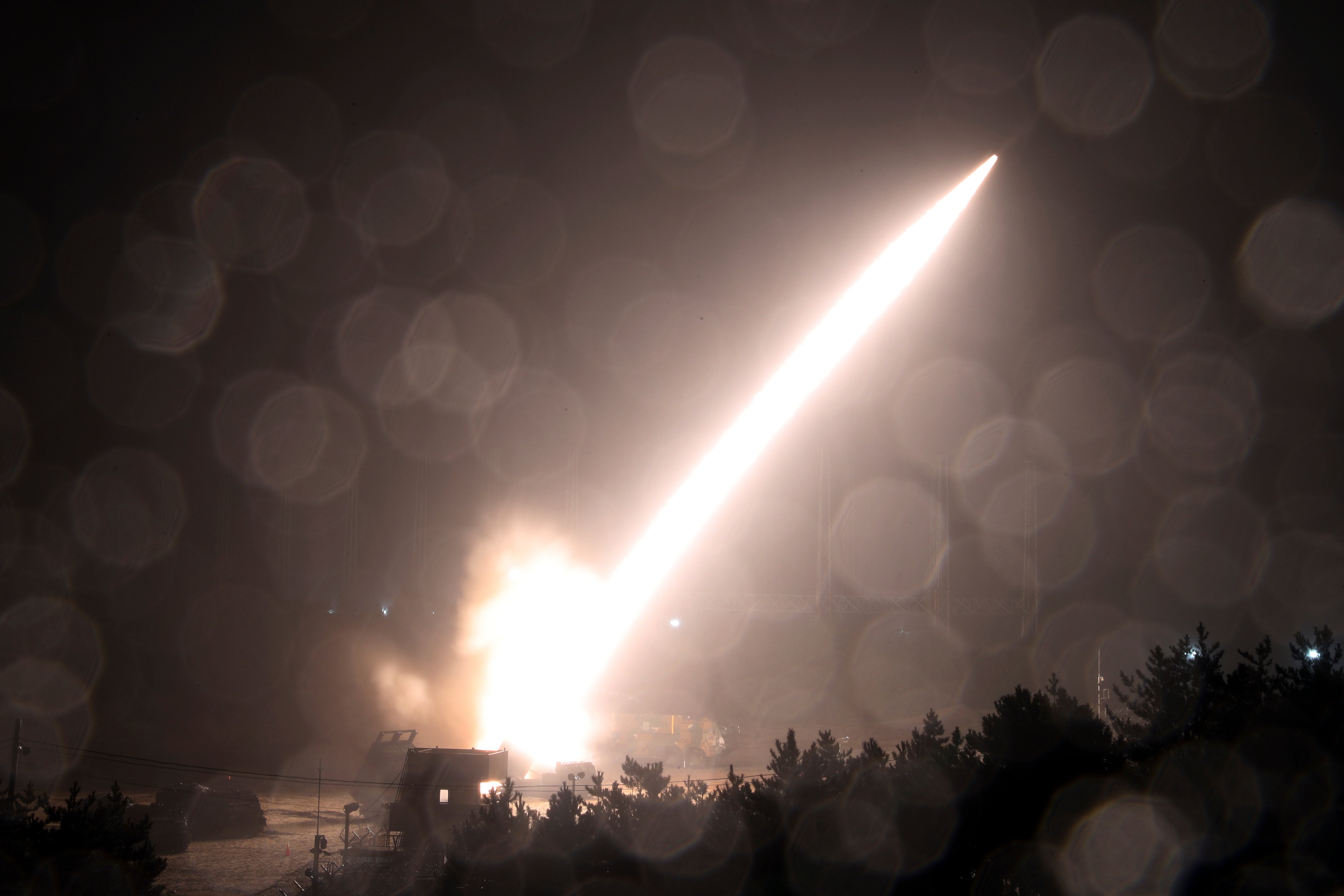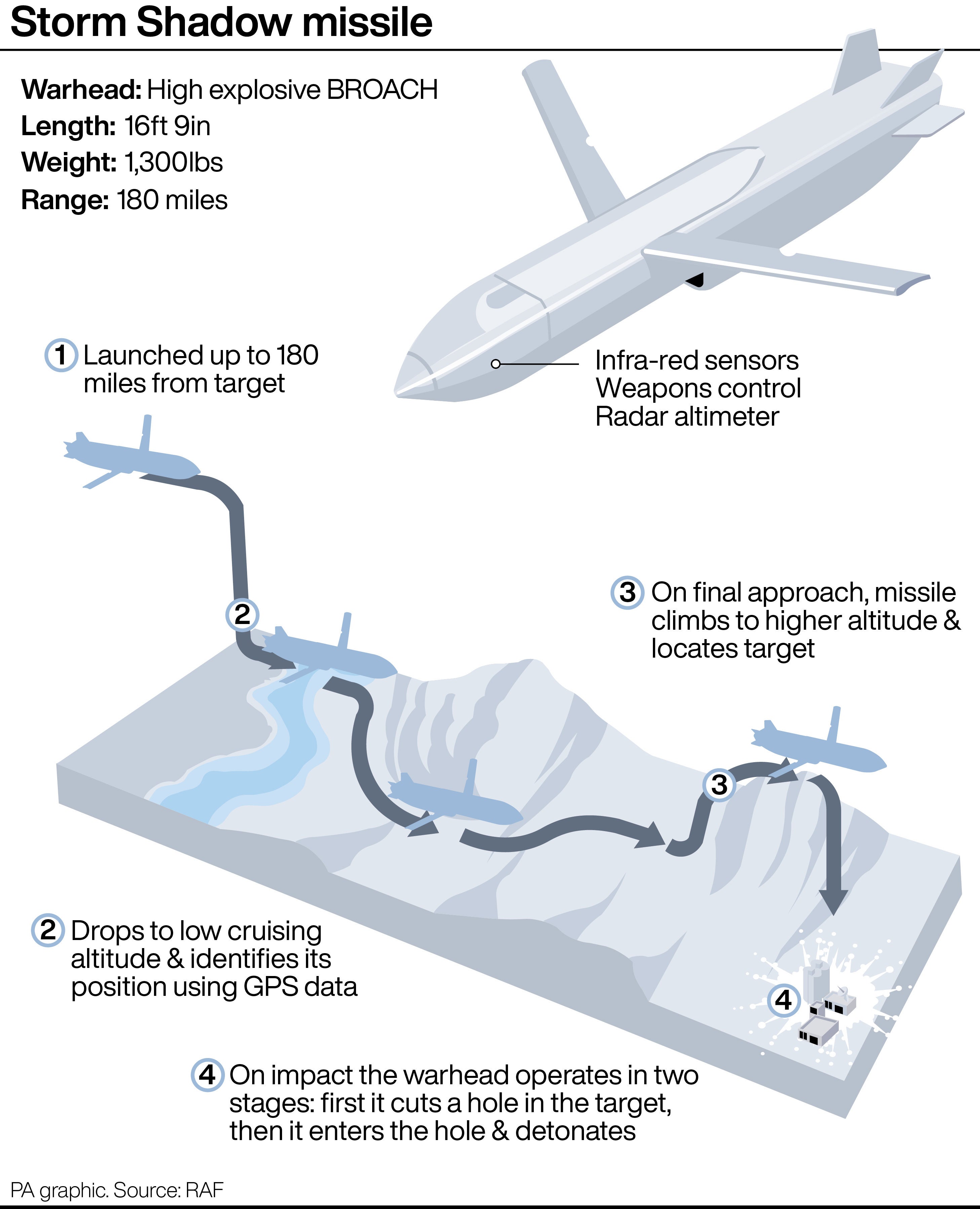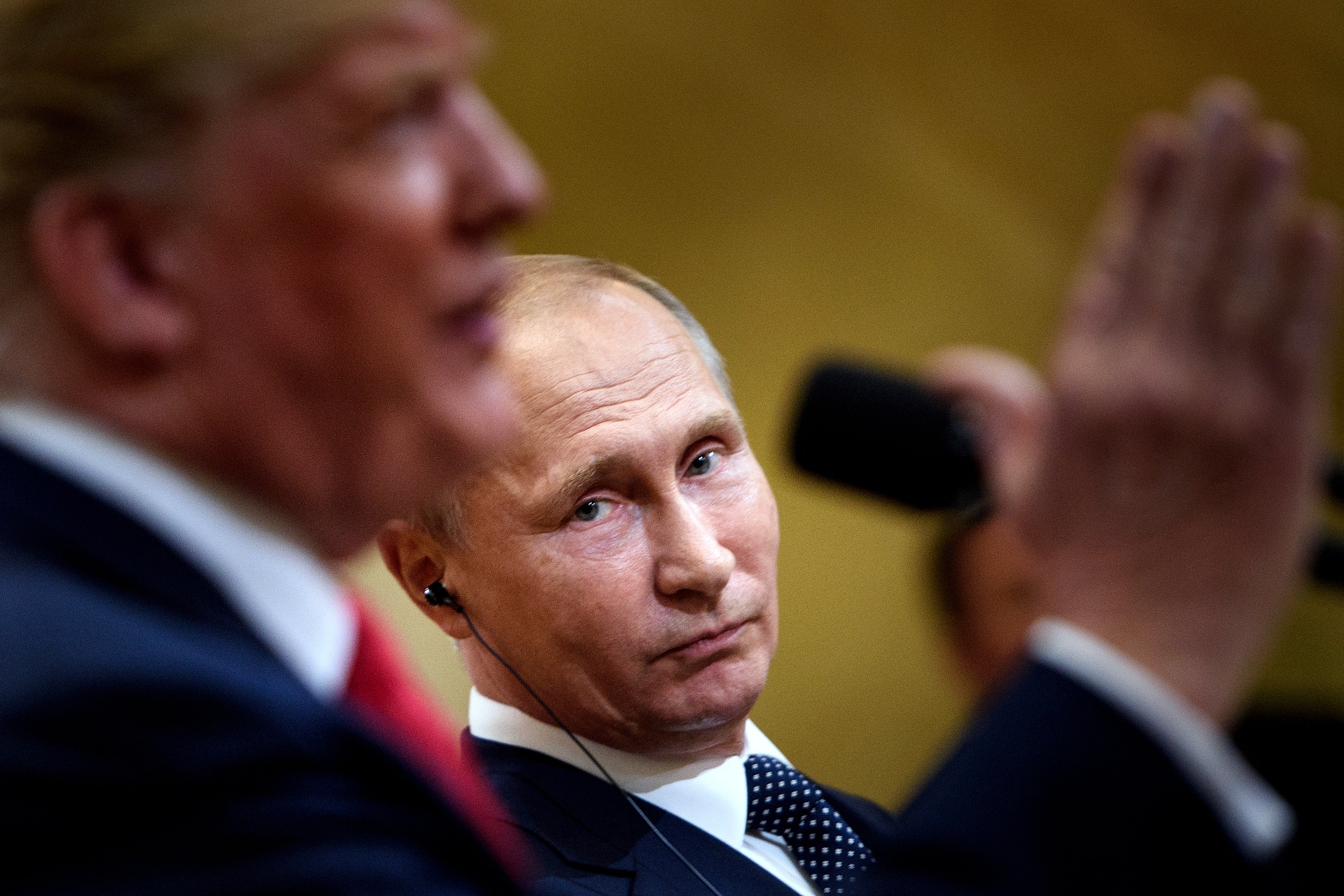The long-range missiles Ukraine could use to strike at Russia after Biden’s green light
Should Putin be afraid of Kyiv using Army Tactical Missile System rockets?

Your support helps us to tell the story
From reproductive rights to climate change to Big Tech, The Independent is on the ground when the story is developing. Whether it's investigating the financials of Elon Musk's pro-Trump PAC or producing our latest documentary, 'The A Word', which shines a light on the American women fighting for reproductive rights, we know how important it is to parse out the facts from the messaging.
At such a critical moment in US history, we need reporters on the ground. Your donation allows us to keep sending journalists to speak to both sides of the story.
The Independent is trusted by Americans across the entire political spectrum. And unlike many other quality news outlets, we choose not to lock Americans out of our reporting and analysis with paywalls. We believe quality journalism should be available to everyone, paid for by those who can afford it.
Your support makes all the difference.Joe Biden has sensationally granted Kyiv permission to use “long-range “ missiles to strike targets deep within Russia, despite Vladimir Putin describing such a move as an act of war.
The weapons are likely to be used in response to North Korea’s decision to send thousands of troops to Russia in support of President Vladimir Putin’s invasion of Ukraine and comes after months of pressure from Ukrainian President Volodymyr Zelensky
He argued the US ban had made it impossible for Ukraine to try to stop Russian attacks on its cities and electrical grids.
We look closer at the weapons that could mark a turning point in the war.
Army Tactical Missile System (ATACMS) rockets
The first deep strikes are likely to be carried out using Army Tactical Missile System (ATACMS) rockets, which have a range of up to 190 miles (306 km), according to sources who revealed Biden’s policy.
ATACMS are a long-range guided missile that gives operational commanders the “immediate firepower to win the deep battle”.
Produced by US global security and aerospace company Lockheed Martin, the missiles carry a 500lb (227kg) class blast fragmentation warhead.
These missiles can reach up to 300km (186 miles) and are tough to intercept due to their high speed.
The weapons are fitted with a specialised GPS system and carry cluster munitions.
When fired, the clusters open in the air, releasing hundreds of bomblets rather than a single warhead.

Storm Shadow
Until now the Storm Shadow missiles have been limited to Russian targets operating inside Ukraine, as well as in occupied Crimea. The missiles were likely used in the largest Ukrainian attack on the headquarters ofRussia’s Black Sea fleet last year at Sevastopol.
The other missile being touted the British/French made Storm Shadow/SCALP-EG missile has a much longer estimated range of up to 550 km (340 miles).
The UK has supplied Ukraine with Storm Shadows, but hasn’t allowed Ukraine to use them against Russian territory.
Manufacturer MBDA has said that the missile, which is fired from an aircraft, is designed to evade detection despite flying low after being launched.
Powered by a turbo-jet engine, the 1,300kg Storm Shadow travels at speeds of more than 600mph, is just over five metres long and has a wingspan of three metres.
After launch, the weapon, equipped with its own navigation system, descends to a low altitude to avoid detection before locking on to its target using an infra-red seeker.
On final approach the missile climbs to a higher altitude to maximise the chances of hitting the target.

What did Putin warn if West let Ukraine use long-range missiles
Washington’s decision to let Ukraine strike deep into Russia with long-range U.S. missiles could lead to World War Three and will receive a swift response, Vladimir Dzhabarov, first deputy head of the Russian upper house’s international affairs committee, said on Sunday, according to the TASS news agency.
If Ukraine is allowed to use long-range Western-provided missiles against targets inside Russia, it would mean the direct participation of Nato countries in the conflict, Vladimir Putin said on Thursday 12 September.
Western long-range precision weapons can only be used with intelligence data from Nato satellites and flight assignments entered by Nato military personnel, he claimed.
“Therefore, we are not talking about allowing the Ukrainian regime to strike Russia with these weapons or not. We are talking about making a decision about whether NATO countries are directly involved in the military conflict or not,” Mr Putin said.

He added that the decision would change “the very nature of the conflict”.
“This will mean that Nato countries, the United States, and European countries are fighting against Russia.”
Will long-range missile strikes on Russia change the tide of war?
“This is a very important decision for us,” Serhii Kuzan, Chairman of the Kyiv-based think tank, the Ukrainian Security and Co-operation Centre, told the BBC.
“It’s not something that will change the course of the war, but I think it will make our forces more equal.”
Mr Kuzan said the decision had come just in time to counter the expected start of a major assault by Russian and Korean troops, designed to dislodge Ukrainian forces from the Russian Kursk region.
The assault is expected within days.
“That’s why this decision comes just in time. There are two days left,” he tells me, adding that much depended on what quantities of missiles have already been provided to Ukraine and whether the US shares intelligence information to enable the missiles to be used to the greatest effect.



Join our commenting forum
Join thought-provoking conversations, follow other Independent readers and see their replies
Comments